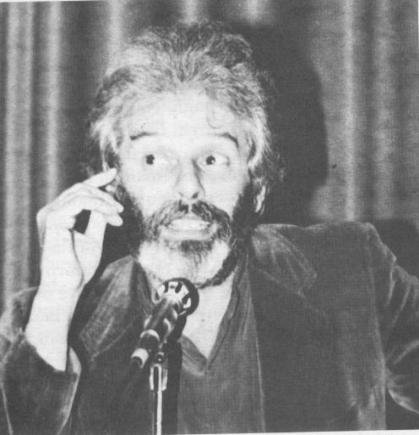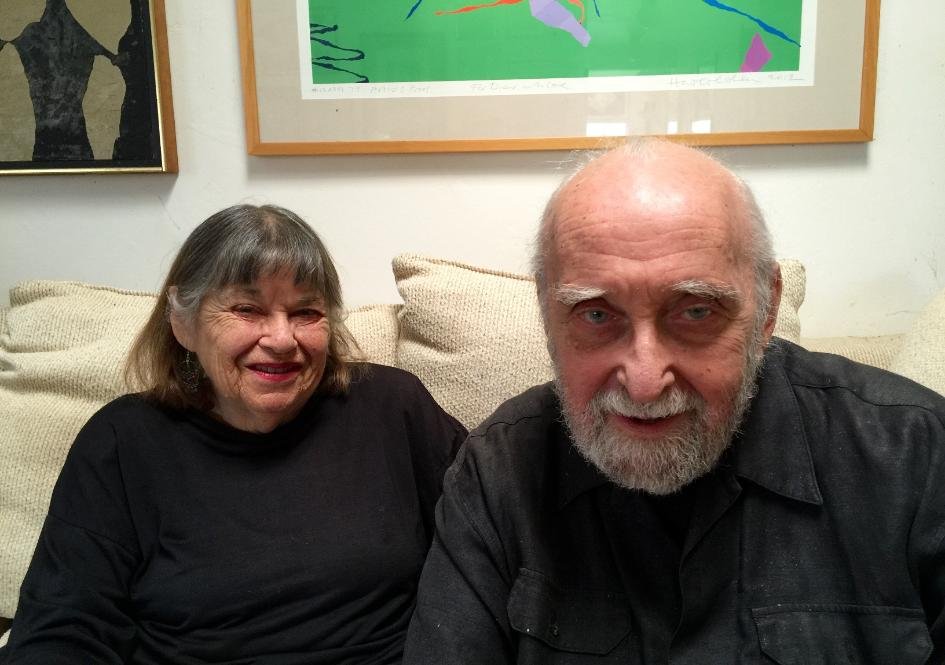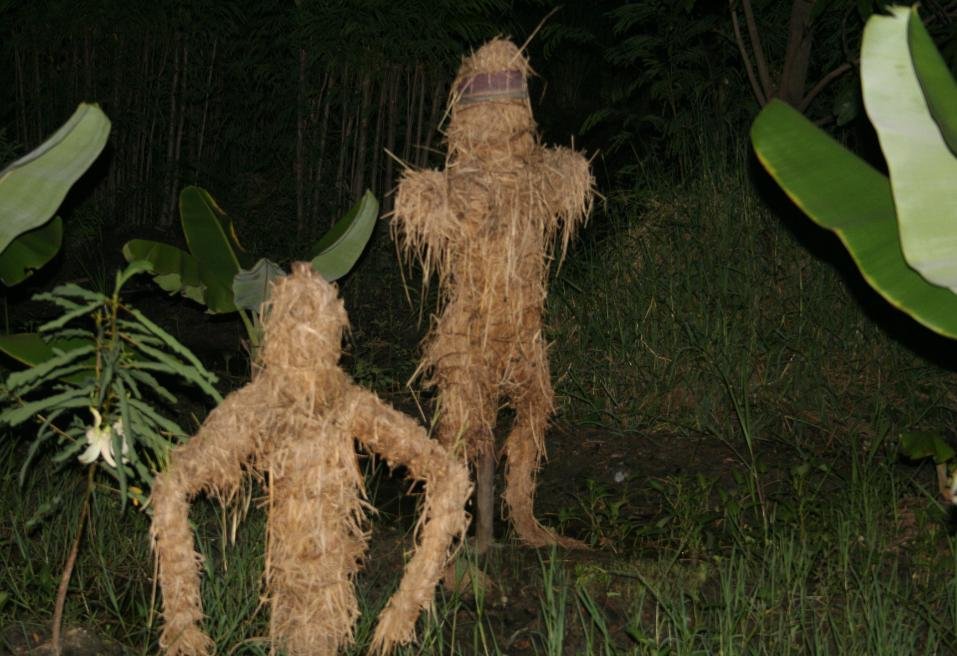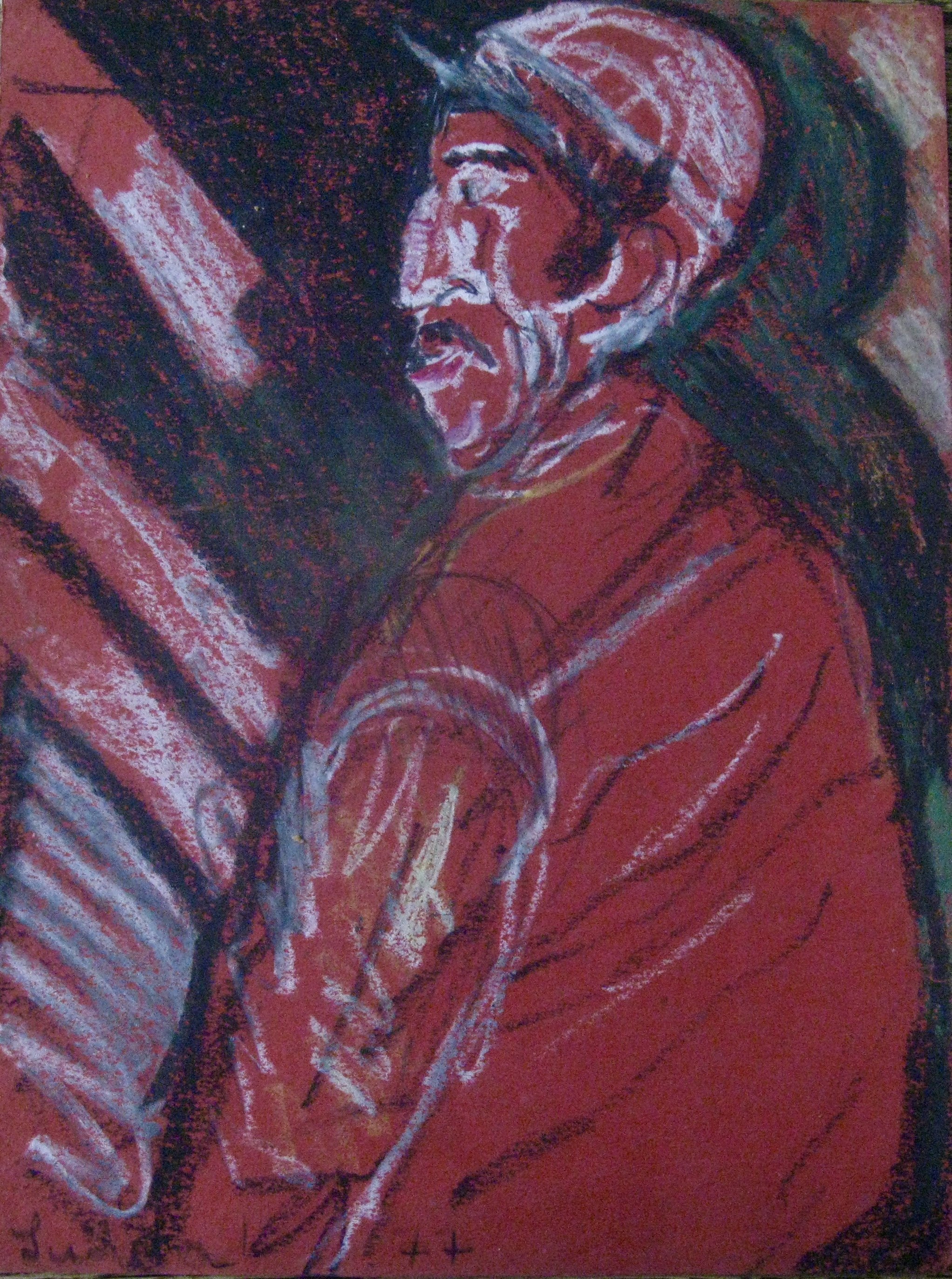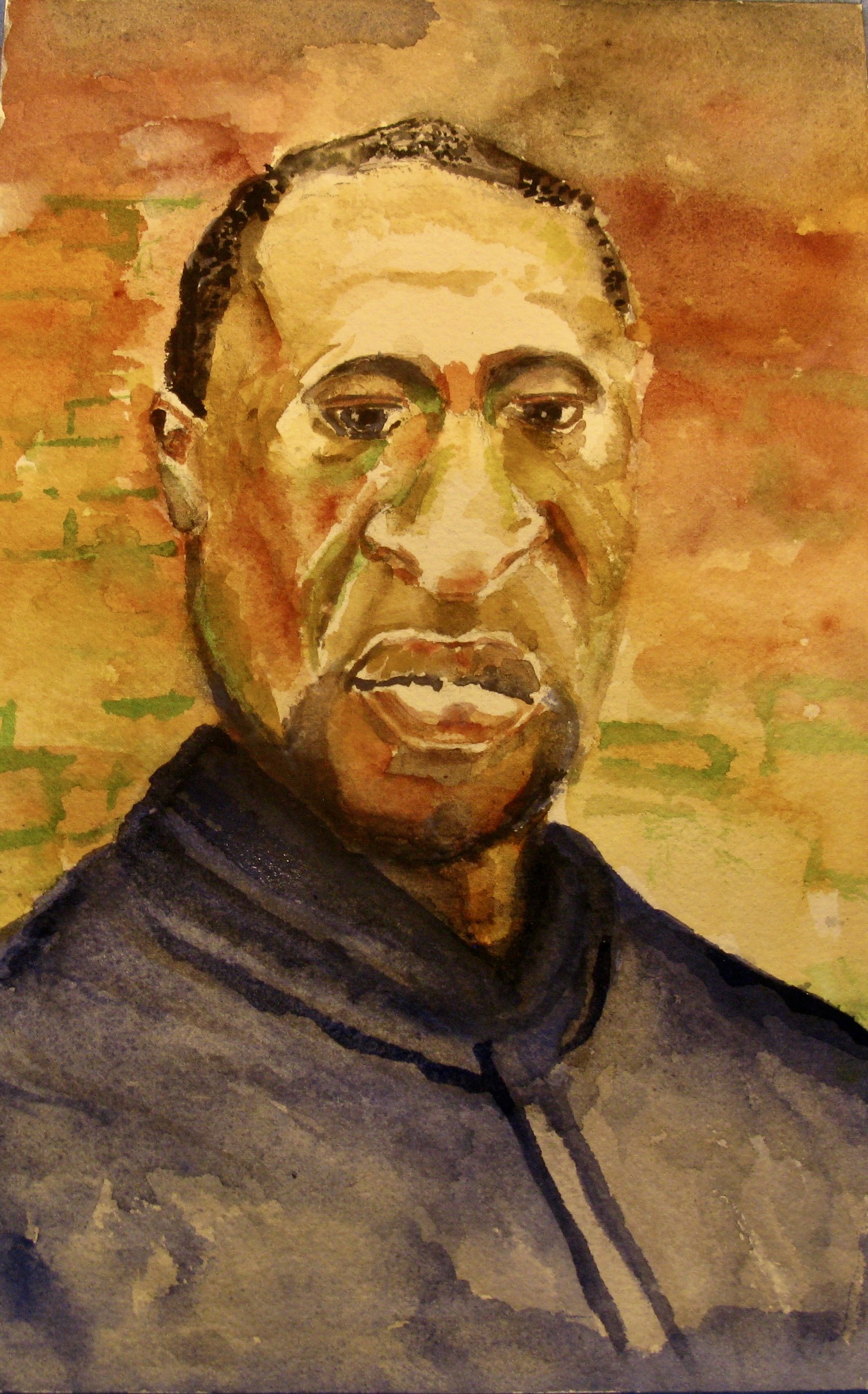THIRD RAIL burst onto the American literary scene in 1975 with a fresh take on how far a poetry magazine could go beyond the editorial and graphic conventions of its genre to link writing with cultural-historical movements and political and artistic changes of the era. Literatureandarts.com is the official website of THIRD RAIL, the legendary review of international arts and literature that appeared in print from 1975-89 and is continuing to be published online here as literatureandarts.com.
THIRD RAIL
International literature & arts
Editor: Uri Hertz
Contributing Editor: John Solt
FOUND OBJECTS SCULPTURE/CONSTRUCTION/ASSEMBLAGE BY LINDA HAIM
Featured Writers & Artists
click on image to go to feature webpage
NEW: Poems from Réunion Island
Kenneth Rexroth Festschrift
Interview with Alejandro Jodorowsky
99 Years of the Japanese Avant-Garde
Remembering Yoshito Ohno
Wallace Berman Festschrift
An interview with Jerome and Diane Rothenberg
Kitasono Katue and the Vou Poets
Aoki Eiko & Hollis Goodall on Kitasono Katue
Poem for Jack Hirschman by Lisbit Bailey
Photographs by Ira Cohen
Srisuda Foythongsamrong - Ghosts Prevention in Thailand
One Hundred Years of Kazuo Ohno
Thich Nhat Hanh
Juan Epple Tribute
Ernesto Padilla - Fina, I am Fina
Linda Haim:: Paintings and etchings from Colombia
Linda Haim Sculptures
Linda Haim: Social Art and Political Satire
Linda Haim: Lo Real Maraviloso
Poems and other pages:
Doren Robbins: Three Poems; John Curl: This is a Moment; Steven F. White & Pablo Antonio Cuadra: Poem of the Foreigners Moment in the Jungle; Ira Cohen: Four Poems; John Solt: The Funeral, Our World Darkens (for Yamaguchi Kenjiro), Images of Images: Japanese Poetry During the First Gulf War, Another Hollywood Rendition; Yarita Misako: I Didn’t Give Birth to My Mother; Uri Hertz: Inner Cities, Year of the Pig, On Ai WeiWei, Chicago, 1968; Hertz & Haim: Bush-Era Poems and Collages; Linda Haim: Guatemalan Watercolors; Danielle Haim: Asia Photo Journal
Click issues below for masthead and table of contents. Click issues #8 and #9 below for selected items.
Photo: Jan Deen, Third Rail 7, 1986 (back cover)
History
THIRD RAIL burst onto the American literary scene in 1975 with a fresh take on how far a poetry magazine could go beyond the editorial and graphic conventions of its genre to link writing with cultural-historical movements and political and artistic changes of the era.
THIRD RAIL immediately cut an uncompromising and expressive path across a broad spectrum of writing and the arts starting with the publication of its earliest issues. Co-edited by founding editors Uri Hertz and Doren Robbins, the magazine set out its editorial concept based on a historically-minded approach to literature as a living cultural force. THIRD RAIL's dynamic appeal caught the interest of leading writers such as Henry Miller, Kenneth Rexroth, Robert Bly, Jack Micheline and George Hitchcock, who contributed writing to early issues. Full editing and publishing responsibilities were left in the hands of Uri Hertz when Doren Robbins left his editorial post with the magazine after five years. As THIRD RAIL continued to carve its unique course through the shifting landscape of post-sixties to late twentieth century American culture, this innovative and imaginative review of international arts and literature continued to capture and hold the attention of poets, writers, scholars and practitioners as well as appreciators of the visual, theatrical and cinematic arts.
Copyright © Uri Hertz / Third Rail 2022
site design Ben Swift, 2022



